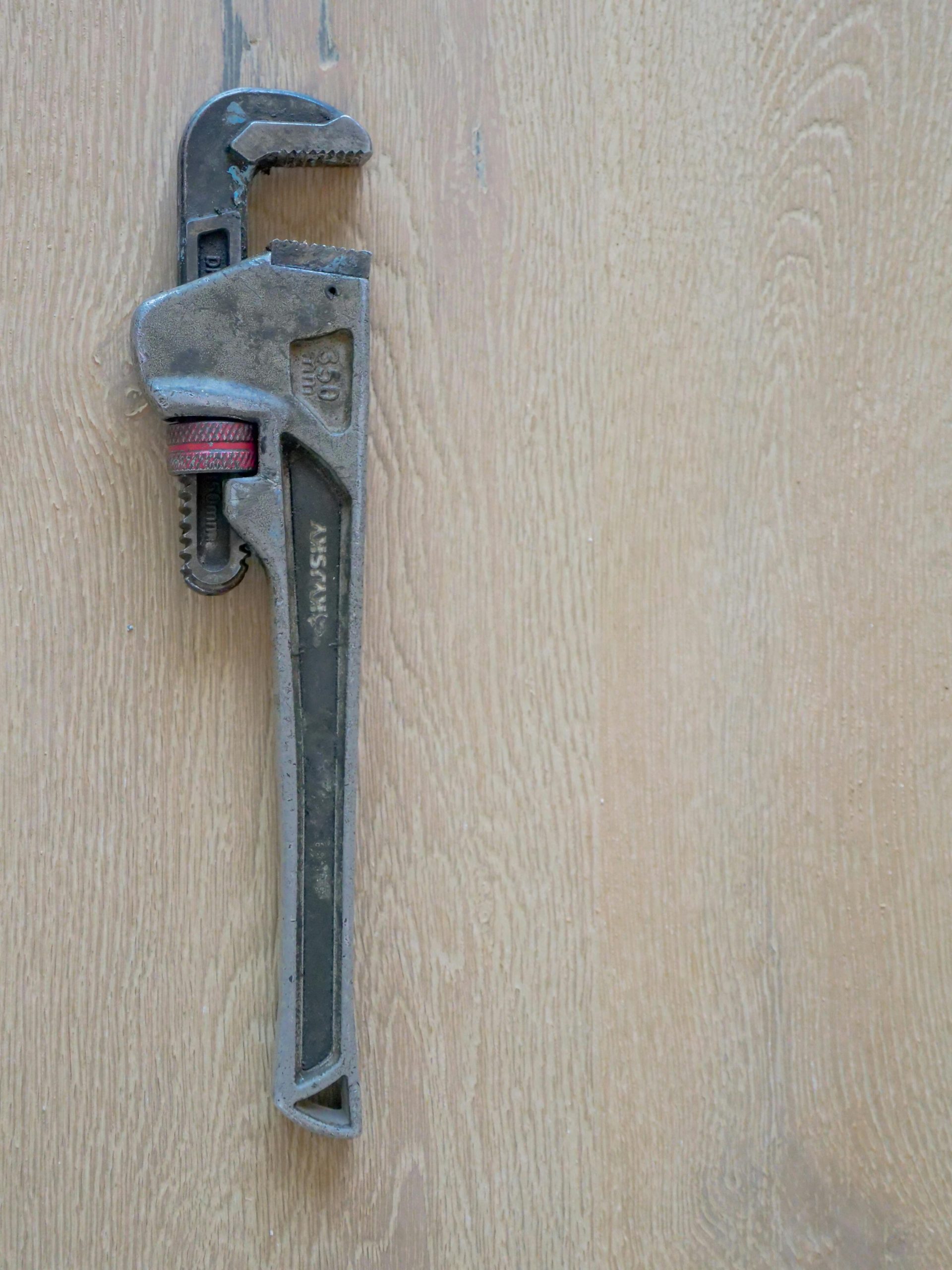Should I switch my auto insurance?
Here’s a summary of my current policy for each vehicle:
- Bodily Injury (BI): $250,000 per person / $500,000 per accident
- Property Damage (PD): $200,000 per accident
- Collision: $750 deductible
- Comprehensive: $750 deductible
- Medical Payments: $10,000 per person
- Roadside Assistance: $100 per breakdown
- Rental Reimbursement: $40 per day, up to 30 days
- Uninsured Motorist Bodily Injury: $250,000 per person / $500,000 per accident
- Automobile Death Indemnity: $10,000 benefit
My 6-month premium for both vehicles (2017 and 2013) is $1,570.
I received a price quote for a new policy with the following coverage:
- Bodily Injury (BI): $250,000 per person / $500,000 per accident
- Property Damage (PD): $100,000 per accident
- Collision: $750 deductible
- Comprehensive: $750 deductible
- Medical Payments: $10,000 per person
- Roadside Assistance: $100 per breakdown
- Uninsured Motorist Bodily Injury: $250,000 per person / $500,000 per accident
- Automobile Death Indemnity: $10,000 benefit
The 6-month premium for this new policy is $985.
The main difference is a reduction of $100,000 in property damage coverage—do you think the savings are worth it?
It’s so frustrating how costly insurance can be!




Deciding whether to switch your auto insurance can be tough, especially with the rising costs. Here are some factors to consider based on the details you’ve provided:
Property Damage Liability (PD): The current policy offers $200k per occurrence, while the quote has $100k. This $100k reduction in coverage could pose a risk if you’re at fault in an accident that causes significant property damage. Consider whether you feel comfortable with this lower limit given your assets and potential exposure.
Cost Savings: Switching to the new policy would save you about $585 over six months, which is significant. Think about how that savings could be used—whether it goes toward other expenses or even into an emergency fund.
Other Coverages: It looks like the other aspects of the coverage (e.g., BI, collision, comprehensive, medical payments, etc.) remain the same between the two policies. This consistency could provide peace of mind as you wouldn’t be losing coverage in those areas.
Claims Frequency: Consider your driving history and whether you’re likely to make claims. If you have a clean record and live in an area with low accident/claim rates, the lowered PD coverage might be manageable.
State Requirements: Ensure that your new policy meets your state’s minimum requirements for liability insurance. While the BI coverage looks sufficient, double-check that the reduced PD would still satisfy state laws.
Future Adjustments: If you find that your financial situation improves or if you’re able to add to your insurance later, you could always look to increase coverage again. Remember that insurance isn’t just about the present; it’s about managing risk.
Ultimately, the decision comes down to your comfort level with the reduced coverage versus the savings. If you feel secure with a lower property damage limit and are prioritizing cost savings, it could be a good time to switch. If you prefer the higher coverage for peace of mind, it might be worth sticking with your current policy despite the higher premium.